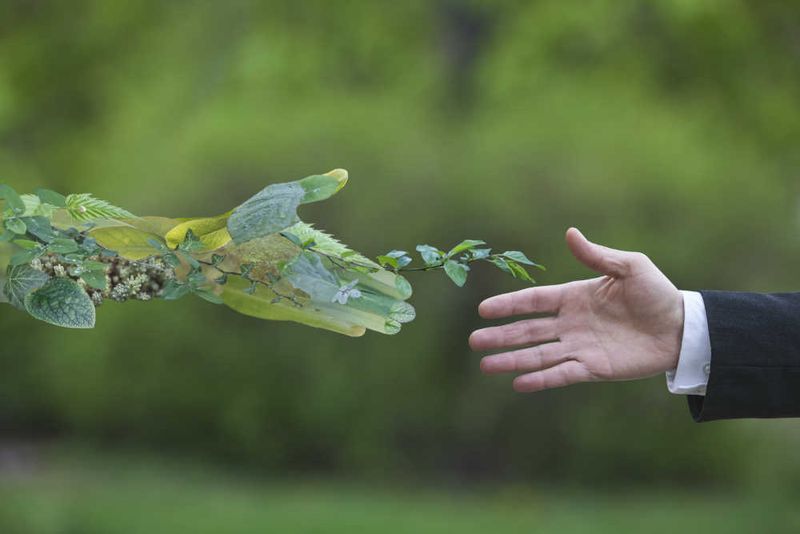Digital advertising began 2024 on an environmentally optimistic note in the US, characterized by an average monthly reduction of 1.4% in gCO2 emissions. This decrease, though modest, is an encouraging sign that we are taking our collective carbon footprint more seriously and implementing proactive measures toward a greener programmatic future.
Yet, we still have a long way to go, and TRUSTX is committed to being a part of the solution in adtech, a sector that generates an estimated 215,000 metric tons of carbon emissions each month across five major global economies. Throughout 2023, we tirelessly advocated for a paradigm shift towards sustainability in campaign planning, urging media buyers to adopt practices that not only reduce environmental impact but also drive efficiency and effectiveness:
- Avoid SSPs that duplicate bids. Bid duplication inflates bid competition artificially, consumes unnecessary energy and compromises auction integrity. We recommend media buyers opt for exchanges that enforce a one-placement-one-bid policy for both their open market and deals trading activities.
- Stop purchasing MFA inventory. Made-for-advertising (MFA) sites are notorious for their energy-intensive operations, emitting 26% more carbon than reputable domains. It is essential that media buyers cease spending on MFA, and there is abundant advice on how to do so, including our own recommendations.
- Choose exclusively direct inventory supply paths. Inventory reselling introduces needless intermediaries, amplifies carbon emissions and inflates non-working media costs. Direct supply-paths take down non-working media costs while dramatically reducing our collective carbon footprint.
While some may doubt the feasibility of these practices, at TRUSTX, we’ve successfully demonstrated to thousands of publishers and advertisers that, in fact, they are attainable goals. Furthermore, since opening our doors to Scope3 last fall, their independent assessment of our carbon footprint confirms the positive environmental impact these practices create for advertisers seeking the most eco-friendly supply path to premium inventory.
We’re certainly proud of our environmental achievements thus far, but there’s another frontier in adtech sustainability that hasn’t yet been top of mind. That one crucial element that demands our immediate attention is none other than the third-party cookie and its close cousin, the mobile ad ID. These ubiquitous identifiers – both essential for personalization and measurement – exact a heavy toll on the environment.
In 2022, The Carbolytics Project found that the world’s most-visited websites placed 21 million cookies per visit from roughly 1,200 companies, totaling an astounding 197 trillion cookies per user each month. This translates into 11,442 monthly metric tonnes of CO2 emissions, equal to the monthly carbon footprint of a small European city.
Thankfully, the majority of these cookies are of the rapidly disappearing third-party variety—a highly positive occurrence from an environmental perspective. However, what’s emerging to replace them appears all too similar. In fact, in an effort to easily slide into our existing programmatic supply-chain, most new-generation distributed IDs were designed to replicate the data exchange patterns of cookies with an added computationally-heavy layer of data hashing and encryption. In our view, the unchecked proliferation of alternative identifiers not only threatens to repeat our data leakage sins of the past, but also exacerbates environmental risks at a potentially greater level than those posed by existing cookies and MAIDs. Responsible publishers and advertisers must acknowledge and rectify these pressing concerns with a sense of urgency.
That’s why we’re advocating for a paradigm shift that prioritizes both privacy and environmental sustainability. Practicing what we’re preaching, TRUSTX has committed significant R&D budgets to the topic, and has been investing for the past three years in creating a more transparent, efficient and environmentally-responsible cookieless advertising ecosystem.
In fact, we’re on the cusp of unveiling an innovative method for audience targeting and measurement that seamlessly fits into the programmatic supply chain, upholds personal data integrity and significantly reduces carbon emissions. Furthermore, what we’ve been building operates at the speed, scale and cost parameters required for programmatic publishers and advertisers big and small. We believe this advancement signals a crucial step forward in building a more private and eco-friendly digital advertising landscape.
As the digital advertising industry navigates towards a greener future, TRUSTX is on a mission to demonstrate that environmental responsibility is not just an aspiration, but an achievable reality. With the integration of Scope3 and our ongoing investment in privacy-enhancing R&D, we are calling to brands, agencies and publishers to join us in leading the charge towards a more environmentally-responsible and privacy-centric advertising ecosystem. Let’s prioritize privacy as an integral part of our collective pledge to sustainability, and let’s move forward together in creating a greener advertising ecosystem.





